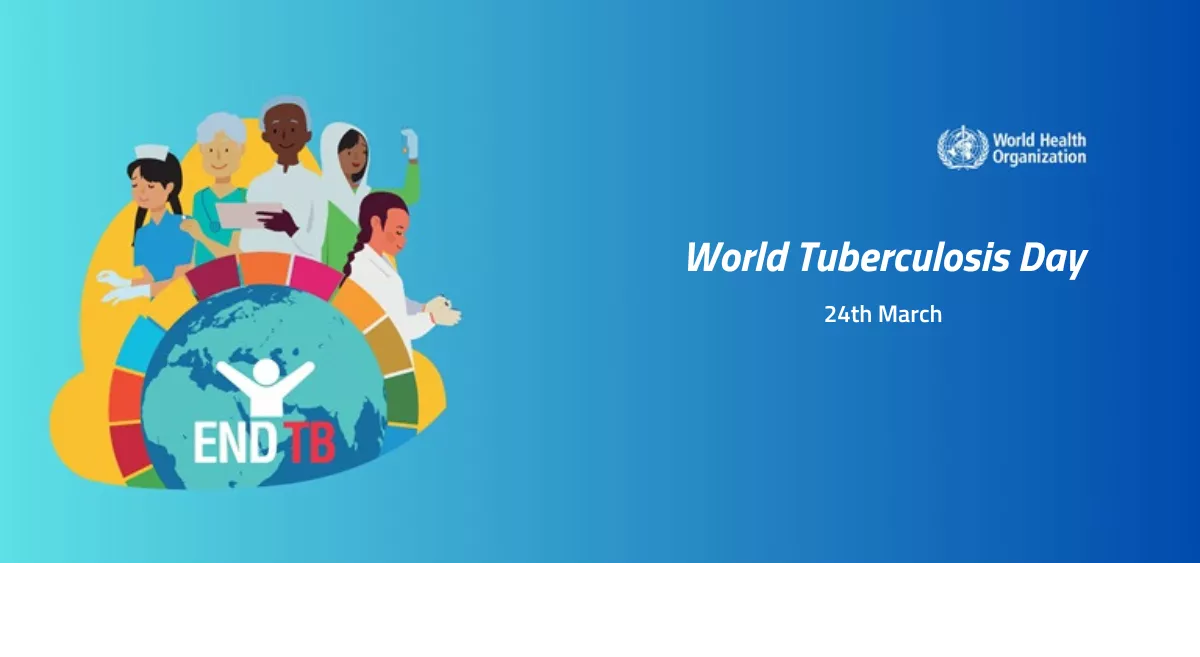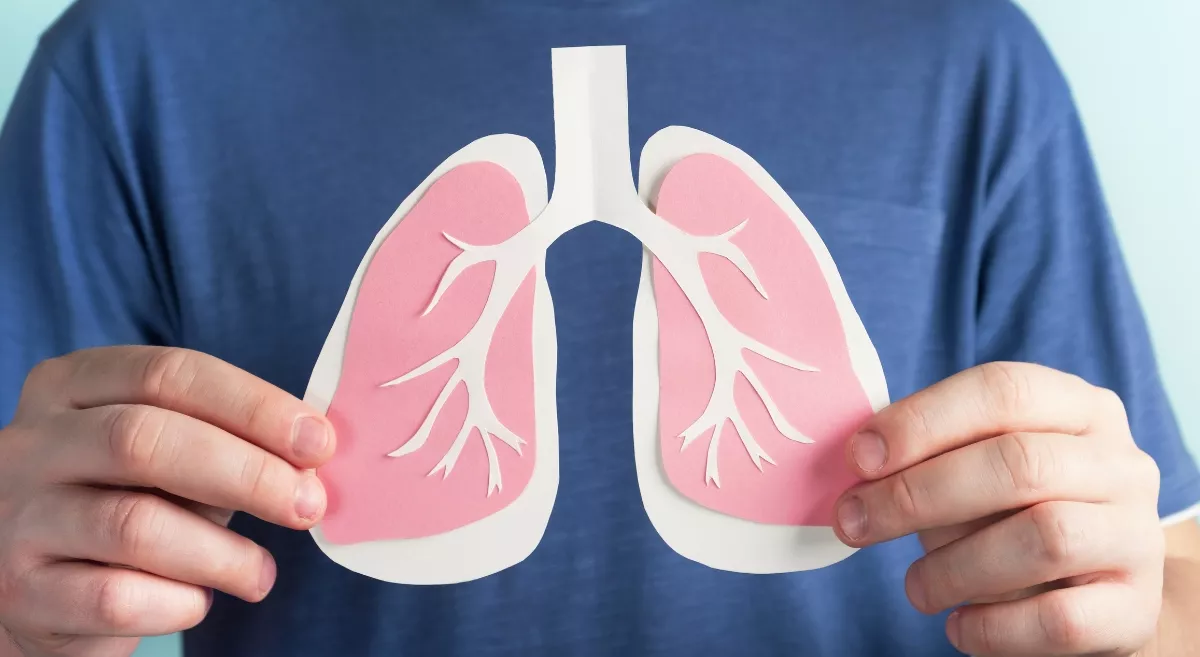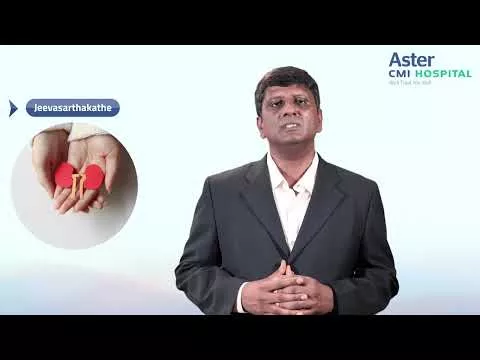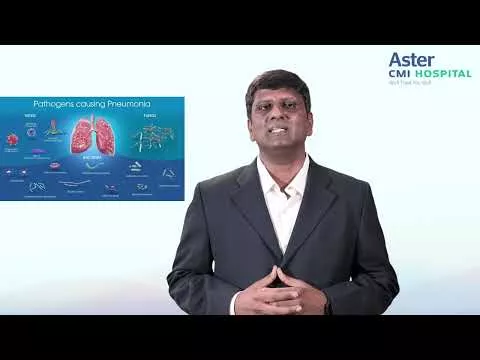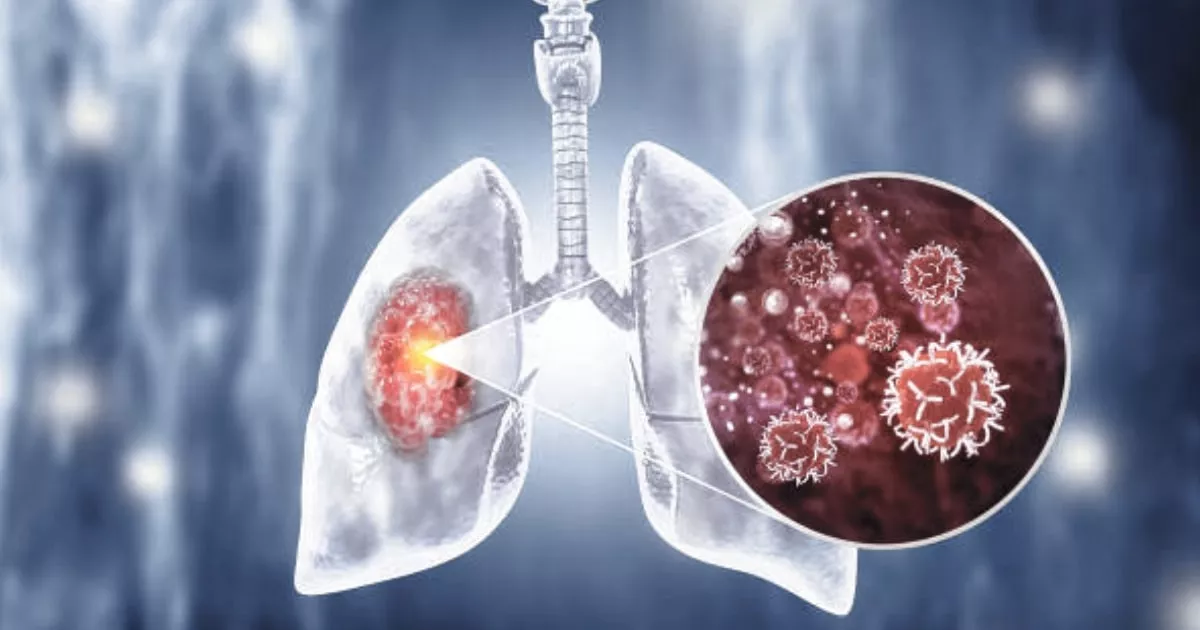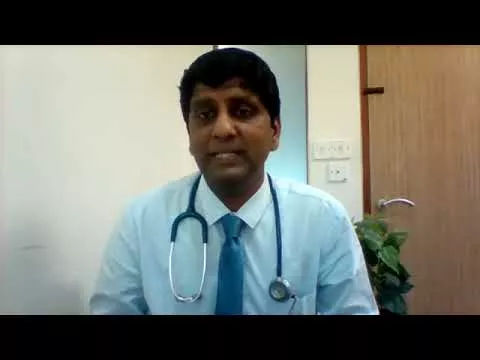In honor of World COPD Day, join us for an insightful discussion with Dr. Sunil Kumar K, Lead Consultant - Interventional Pulmonology at Aster CMI Hospital. In this special two-part series, Dr. Sunil Kumar sheds light on Chronic Obstructive Pulmonary Disease (COPD), its causes, symptoms, and management.
COPD, an acronym for Chronic Obstructive Pulmonary Disease, targets the small airways and alveoli of the lungs. The discussion begins with defining COPD as a heterogeneous lung condition marked by chronic respiratory symptoms—cough, fever, and breathing difficulties—stemming from abnormalities in the airways and air sacs. Monitoring involves objective parameters like spirometry.
The significance of the COPD conversation arises as it stands as the third most common global cause of death. To tackle this issue, experts in pulmonology emphasize the role of GOLD (Global Initiative for Chronic Obstructive Lung Disease), established in 1998. GOLD aims to raise awareness in both the public and medical domains, focusing on evidence-based prevention and treatment of COPD.
As the session delves into the burden of COPD, statistics reveal over 3 million documented deaths last year, signaling an exponential increase. Beyond smoking, contributors such as second-hand smoke, air pollution, and biomass fuel use are highlighted, particularly relevant in regions like India.
Exploring pathogenesis, the session explains that COPD results from chronic lung inflammation triggered by noxious stimuli, leading to irreversible damage in the small airways and alveoli. The disease primarily affects the elderly, presenting symptoms like fever, cough, and breathing difficulties, often coupled with a history of smoking.
Having covered clinical features, disease burden, and the role of GOLD, the session invites the audience to the upcoming installment. In part two, the discussion promises a deeper dive into objective parameters like spirometry, management goals, and the theme of GOLD 2023 for COPD.
Stay tuned for a more detailed exploration of COPD and its multifaceted aspects in the next installment.




